2011 Fellows
Get Involved
2011 Fellows
The Society is pleased to announce the new Fellow Members for 2011. This distinction was awarded to 64 members for their significant contributions to the advancement of optics and photonics through education, research, engineering, business leadership and service. The selection of these candidates was confirmed by the Board of Directors at its meeting in October 2010.
The Society appreciates the efforts of the many nominators and references. We also extend special thanks to the members of the Fellow Members Committee who reviewed the 125 nominations: Robert Norwood (Chair), Virendra Mahajan (Past Chair), Brett Bouma, Kishan Dholakia, Alan Kersey, James Leger, Susana Marcos, John McManus, N. Anders Olsson, John Otten, Richard Schneider, Marija Strojnik, Chi-Kuang Sun and Grover Swartzlander.
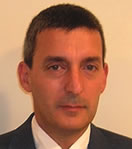
Ady Arie
Tel-Aviv University, Israel
For significant contributions to the development of periodic and quasi-periodic nonlinear photonic crystals.
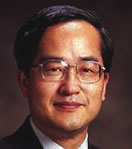
Yasuhiko Arakawa
University of Tokyo, Japan
For seminal contributions to quantum dot lasers and related nanophotonic devices.

Lahsen Assoufid
Argonne National Laboratory, U.S.A.
For contributions and leadership in x-ray optics, metrology, and nanofocusing optics development.
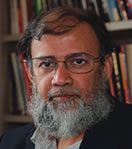
Abdul Ahad S. Awwal
Lawrence Livermore National Laboratory, U.S.A.
For contributions in digital optical computing and pattern recognition and its application in laser beam alignment.
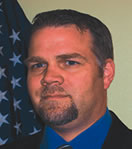
Sterling Backus
KMLabs, U.S.A.
For the development of a new generation of ultrafast lasers with unprecedented few-cycle-pulse duration and high average and peak power which have transformed ultrafast optical science.

Krishna Bala
Oclaro, Inc., U.S.A.
For significant contributions to optical-mesh networking and for co-founding a company which successfully built the first high-capacity optical-switching product that was a key enabler of today’s optical networks.
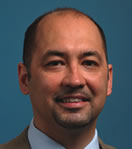
Alexander A. Balandin
University of California at Riverside, U.S.A.
For outstanding contributions to understanding optical properties of semiconductor nanostructures and pioneering work on the opto-thermal metrology of graphene.
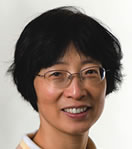
Xiaoyi Bao
University of Ottawa, Canada
For outstanding contributions to fiber technology and fiber sensors and their many applications.
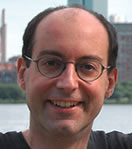
George Barbastathis
Massachusetts Institute of Technology, U.S.A.
For contributions to 3D optical systems, volume holographic microscopy, origami-based fabrication of optical mechanical components, and quantitative phase measurement.
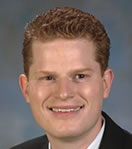
Randy A. Bartels
Colorado State University, U.S.A.
For advances in ultrafast pulse shaping, quantum coherent control of electronic and molecular nuclear wavepackets, and developments in nonlinear propagation and microscopy.
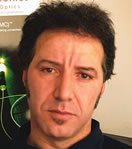
Fetah Benabid
University of Bath, U.K., and CNRS, France
For pioneering contributions in development of hollow-core photonic crystal fibers and their incorporation in scientific and technological applications.
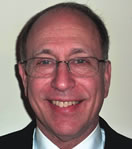
Gary Brooker
Johns Hopkins University, U.S.A.
For development and application of optical techniques and instrumentation for 3D fluorescence microscopy and high-content drug screening.

James H. Burge
University of Arizona, U.S.A.
For numerous clever developments in optical fabrication and testing and general optical engineering and for the education of optical engineering students.
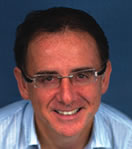
Alex Cable
Thorlabs Inc., U.S.A.
For early seminal contributions in laser cooling and trapping and for founding and nurturing innovative optics businesses that are internationally recognized leaders.
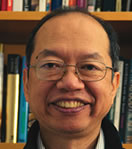
Young-Kai (Y-K) Chen
Bell Labs, Alcatel-Lucent, U.S.A.
For seminal contributions to high-speed optoelectronics and electronics for high-capacity optical communication systems and microwave photonics.
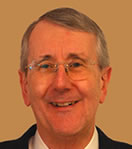
Charles H. Cox III
Photonic Systems, Inc., U.S.A.
For outstanding research and development contributions in photonic links and their applications.
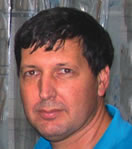
Nir Davidson
Weizmann Institute of Science, Israel
For his contribution in the field of Bose-Einstein condensates and their interaction with optical radiation.
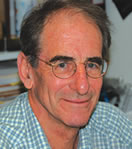
François C. Delori
Schepens Eye Research Institute, U.S.A.
For contributions to the understanding of the optical properties of ocular tissues, the development of diagnostic techniques, and the assessment of light safety.
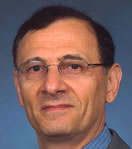
Mark Dubinskii
U.S. Army Research Laboratory, U.S.A.
For seminal contributions to solid-state lasers through new gain and nonlinear media and development of new power scaling methods and techniques.
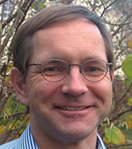
Michael H. Eiselt
ADVA Optical Networking AG, Germany
For contributions to the technology and commercial development of high-speed wavelength multiplexed optical communications systems.
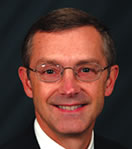
R. Edward English Jr.
L-3 Communications, Cincinnati Electronics, U.S.A.
For important contributions in diffraction theory, for seminal contributions in the optical design of high-energy laser systems, and for dedicated management/leadership at the National Ignition Facility Project of LLNL.
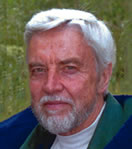
Viktor Evtuhov
U.S.A.
For seminal contributions to the development of the first laser and for pioneering research in fundamental properties and physics of lasers, innovative devices, device configurations, applications and systems.
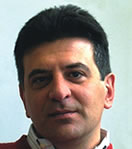
Pietro Ferraro
Istituto Nazionale di Ottica Applicata, Italy
For significant contributions in developing interferometric and holographic methods for characterization of materials and devices, imaging in microscopy, and fabrication of optical devices for nano-micro-fluidic and nanoprinting.
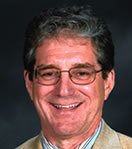
Nicholas J. Frigo
U.S. Naval Academy, U.S.A.
For fundamental contributions to optical communications and fiber sensing technologies.
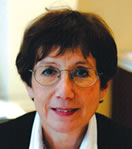
Elisabeth Giacobino
Laboratoire Kastler Brossel, Ecole Normale Supérieure, CNRS, France
For her seminal experimental contributions to quantum optics, in particular the observation of highly correlated twin beams from an optical parametric oscillator and the interaction with Bose-condensed polariton gas.
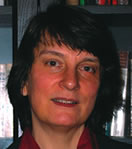
Ewa M. Goldys
Macquarie University, Australia
For research leadership in optical characterization and biomedical sensing that has promoted widespread interdisciplinary awareness of light in life sciences.
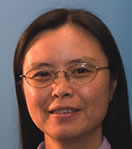
Claire Xiang-Guang Gu
University of California at Santa Cruz, U.S.A.
For contributions to information photonics including photorefractive devices for information processing, holographic data storage, fiber optic devices for communications and surface enhanced Raman sensors, and liquid crystal displays.
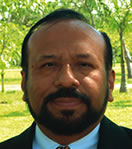
Hugo E. Hernandez-Figueroa
Universidade Estadual de Campinas, Brazil
For significant contributions in computational guided-wave electromagnetics and the conception and design of novel integrated photonic and plasmonic devices, and optical fibers.
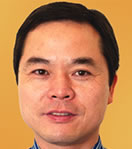
Shibin Jiang
AdValue Photonics, Inc., U.S.A.
For significant contributions to optical glasses and fibers, especially for development of new multicomponent glass fibers and fiber lasers.
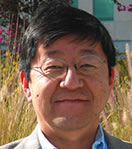
Myung K. Kim
University of South Florida, U.S.A.
For his pioneering work in digital holographic microscopy and development of its techniques and applications, such as digital interference holography and total internal reflection holographic microscopy.
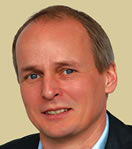
Detlef Kip
Helmut Schmidt University, Germany
For important contributions to nonlinear guided waves and discrete solitons and for the first observation of the modulation instability of incoherent light.
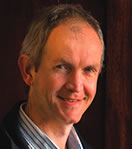
Jonathan Knight
University of Bath, U.K.
For pioneering development of the photonic crystal fiber and particularly its application in nonlinear frequency conversion and supercontinuum generation.
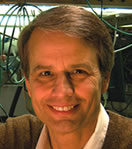
Brian H. Kolner
University of California at Davis, U.S.A.
For conceiving and developing the optical time lens and for contributions to the understanding of low-frequency noise properties of femtosecond solid state lasers.

Leslie A. Kolodziejski
Massachusetts Institute of Technology, U.S.A.
For seminal contributions to the growth of photonic materials by molecular beam epitaxy and the fabrication of novel photonic devices.
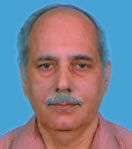
Mahendra P. Kothiyal
Indian Institute of Technology Madras, India
For outstanding contributions to development and applications of powerful techniques of polarization phase shifting in interferometry and speckle metrology and to the spread of optics education in India.
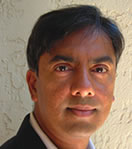
Ashok V. Krishnamoorthy
Oracle Labs, U.S.A.
For pioneering contributions to the research, development, and commercialization of optics in computing systems.

Karl M. Krushelnick
University of Michigan, U.S.A.
For contributions to experimental intense laser plasma interactions including measurements of energetic particle beams and large magnetic fields.
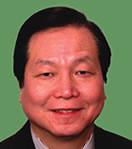
Charles YC Lee
U.S. Air Force Office of Scientific Research, U.S.A.
For technical leadership in advancing the science and technology of organic materials for photonics applications.

Jongmin Lee
Gwangju Institute of Science and Technology, Republic of Korea
For pioneering contributions to the development of an ultra-high-intensity femtosecond laser and its applications to intense-field science and for international leadership in boosting optical science.
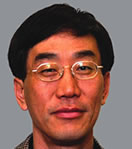
Yong-Hee Lee
Korea Advanced Institute of Science and Technology, Republic of Korea
For his pioneering work on vertical-cavity surface-emitting lasers and photonic crystal lasers.
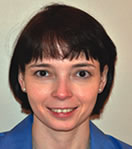
Natalia M. Litchinitser
State University of New York at Buffalo, U.S.A.
For fundamental contributions in the areas of linear and nonlinear optics of metamaterials, photonic crystal fibers, and optical fiber communications.
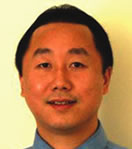
Xiang Liu
Bell Laboratories, Alcatel-Lucent, U.S.A.
For contributions to fundamental research in optical fiber communications that have been incorporated in commercial systems, including high-speed phase-shift keyed transmission and nonlinearity mitigation.
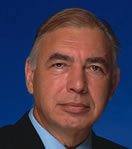
Boris S. Luk’yanchuk
Data Storage Institute, Singapore
For of an outstanding contribution in theory of laser–matter interactions, including laser thermochemistry, laser cleaning, laser ablation, and plasmonics.

Duncan L. MacFarlane
University of Texas at Dallas, U.S.A.
For contributions advancing integrated optics and their applications including photonic filters, advanced displays, and micro-optics.
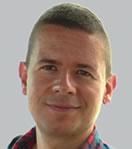
Stefan A. Maier
Imperial College London, U.K.
For outstanding contributions to the fundamentals, technology, and applications of plasmonics from the terahertz to the visible.
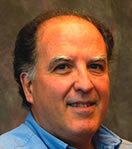
Mario C. Marconi
Colorado State University, U.S.A.
For significant contributions to the development of compact soft x-ray lasers and for pioneering their use in table-top coherent lithography, holography, and interferometry.
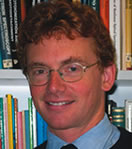
Frédéric Merkt
ETH Zürich, Switzerland
For ground-breaking work on the ultrahigh-resolution spectroscopy of Rydberg states of atoms and molecules and for the refinement of high-resolution photoelectron spectroscopy and its application to the determination of the structural and dynamical properties of molecular cations.

Kenneth E. Moore
Zemax Development Corp., U.S.A.
For the development of state-of-the-art optical design and analysis software combining the capabilities required by the expert designer and the ease of use and accessibility needed for an occasional optics analysis user.
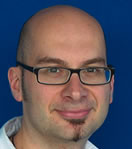
Roberto Morandotti
Institut National de la Recherche Scientifique—Énergie, Matériaux et Télécommunications, Canada
For seminal contributions to nonlinear optics, in particular for studies of nonlinear properties of photonic lattices and for the demonstration of discrete optical solitons.
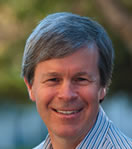
Joseph Nilsen
Lawrence Livermore National Laboratory, U.S.A.
For pioneering contributions to the development and understanding of x-ray lasers and their applications.
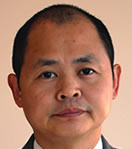
Gang-Ding Peng
University of New South Wales, Australia
For outstanding contributions to theoretical understanding, experimental development, and practical application of special optical fibers, fiber devices, and fiber sensors.
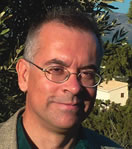
Ilias E. Perakis
University of Crete, Greece
For contributions to the many-body theory of the coherent optical properties of semiconductors and metals.
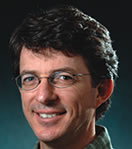
Rafael Piestun
University of Colorado at Boulder, U.S.A.
For contributions to three-dimensional optical systems, nanomanufacturing, and computational imaging and for fundamental studies of multidimensional fields and light structures.
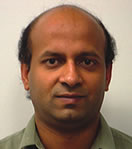
Selim M. Shahriar
Northwestern University, U.S.A.
For seminal contributions to opto-spintronics, including first demonstration of slow/halted light in solids, high-efficiency nonlinear optics in atomic vapor, sub-recoil cooling of trapped atoms, and fast light for high-sensitivity metrology.
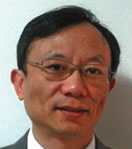
William Shieh
University of Melbourne, Australia
For seminal contributions to the theory and applications of coherent optical orthogonal frequency-division multiplexing in optical communications.
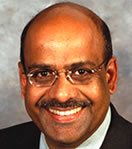
Upendra Nath Singh
NASA Langley Research Center, U.S.A.
For outstanding technical leadership in developing pioneering technologies and world record energies for 2-micron solid-state lasers for space-based laser remote sensing of wind and carbon dioxide.

Phillip Sprangle
Naval Research Laboratory, U.S.A.
For his seminal innovations in advanced radiation sources, advanced accelerators, and the generation and propagation of high-power lasers.

Mark I. Stockman
Georgia State University, U.S.A.
For pioneering work in nanophotonics and plasmonics: discovery of nearfield hot spots, invention of SPASER (nanoscale quantum generator/amplifier), and introduction of coherent control in ultrafast nanoplasmonics and adiabatic compression in plasmonics.
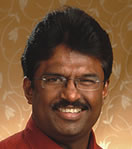
Lakshman S. Tamil
University of Texas at Dallas, U.S.A.
For significant contributions to the design and development of multi-terabit switches using photonic-electronic hybrid switching.
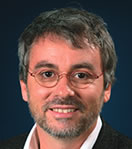
Luc Thévenaz
Ecole Polytechnique Fédérale de Lausanne, Switzerland
For pioneering contributions to slow-light research and devices based on stimulated Brillouin scattering and for outstanding leadership and contributions to education.

Cesare Paolo Umeton
Università della Calabria, Italy
For significant contributions to fundamental nonlinear dynamical studies and the design and realization of new holographic optical structures based on liquid crystalline composite materials.
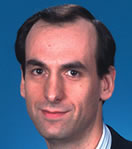
Igor Vurgaftman
Naval Research Laboratory, U.S.A.
For significant contributions to the conception, design, simulation, and understanding of novel semiconductor devices such as the interband cascade laser.
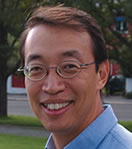
Chris Xu
Cornell University, U.S.A.
For important contributions to biomedical imaging and telecommunications.
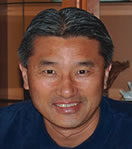
Xiangdong Zhu
University of California at Davis, U.S.A.
For outstanding and sustained contributions to the development and application of laser spectroscopy to probing surfaces, interfaces, ultrathin films as well as other nanostructures, and biomolecular interactions.
